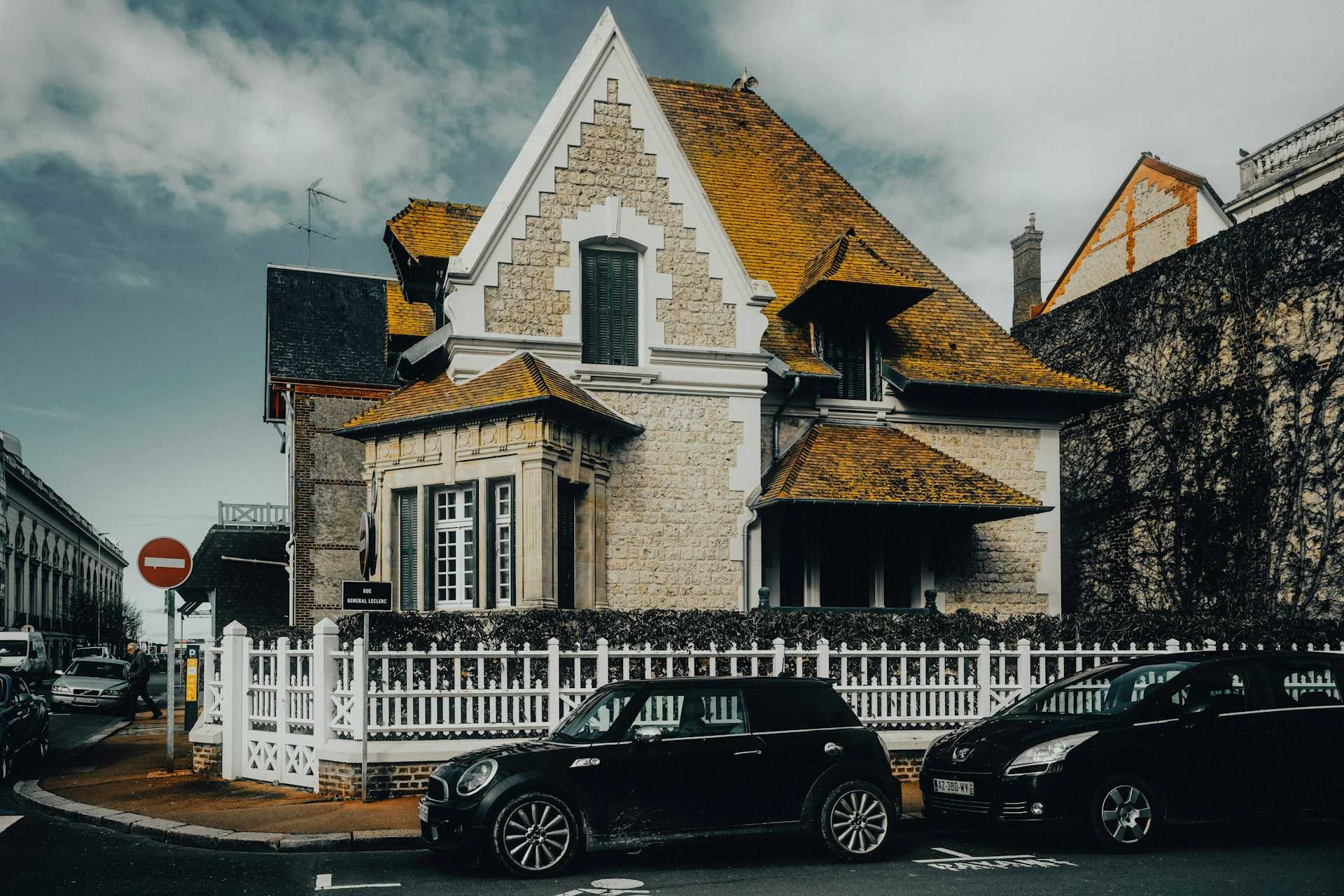London’s prime property landscape is undergoing a quiet yet striking transformation. A departing cohort of non-domiciled international buyers, historically dominant players in ultra-prime districts like Belgravia, Kensington and Knightsbridge, is retreating, repelled by new non-dom tax rules and heightened stamp duty. This exodus has triggered double-digit price reductions, with some asking prices falling by as much as 5%, while homes linger on the market around 216 days – 50% longer than a year ago.
In what amounts to a rare window of opportunity, UK families from affluent outer boroughs such as Barnes and Chiswick are making their move. Estate agents report that homes once beyond reach, priced above £2,000 per square foot, are now within grasp. With foreign competition diminished, established buyers are stepping in to claim spots in neighbourhoods they might only have dreamed of before.
This pivotal realignment reflects more than a mere rebalancing of buyer demographics, it signals a shift in the fundamentals of London’s high-end housing market. According to Knight Frank and Chestertons, new buyer registrations and sales of prime central homes have declined by 13% and 7% respectively, year‑on‑year. As non-doms withdraw, UK purchasers are filling the void, drawn not only by favourable pricing, but also by an enhanced window of negotiation.
Behind this reversal lies Labour’s tax overhaul, which ends the near-perpetual non-dom status, limiting foreign income relief to four years and reinstating inheritance tax on worldwide assets. The result is a cooling of international demand, particularly in ultra-prime segments. With the pool of prospective overseas buyers shrinking to just 1% of total registrations in Q1 – down from 1.2% last year – domestic purchasers are increasingly in the driving seat.
As the market recalibrates, UK families are seizing a rare chance to upgrade into elite London enclaves, acquiring both status and space with reduced competition. But for sellers and agents, the tide has shifted: success now rests on realistic pricing, patience, and adaptability amid a reconfigured demand landscape.
This evolving environment underscores a deeper trend: London’s real estate market is no longer defined solely by global capital flows but by a more balanced interplay between international allure and domestic aspiration.


